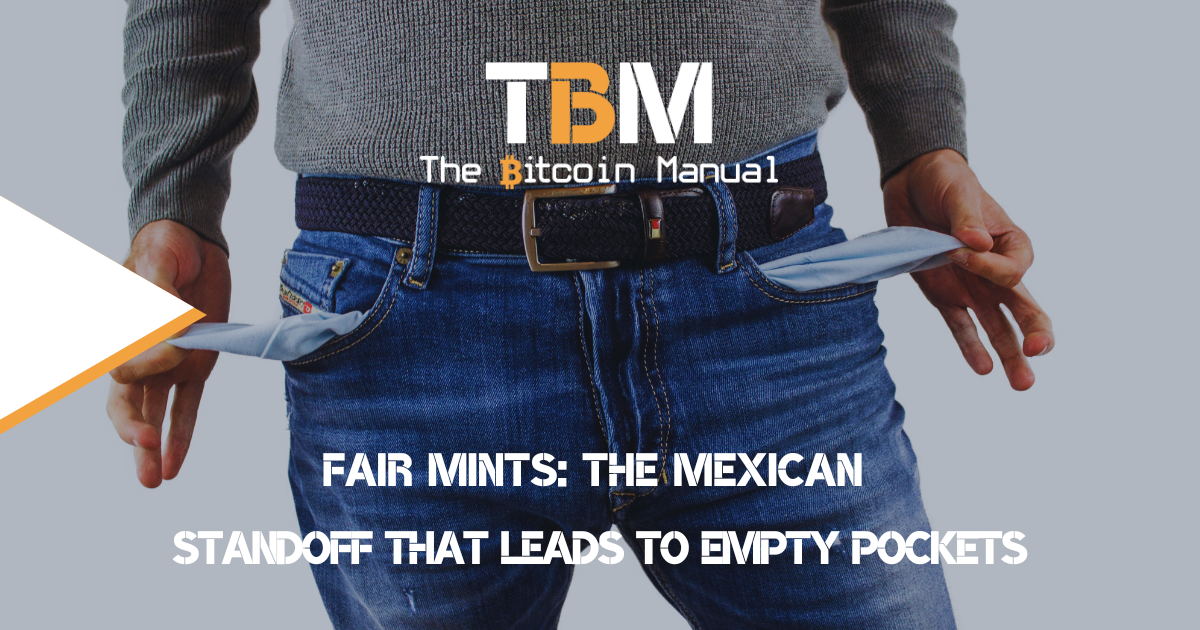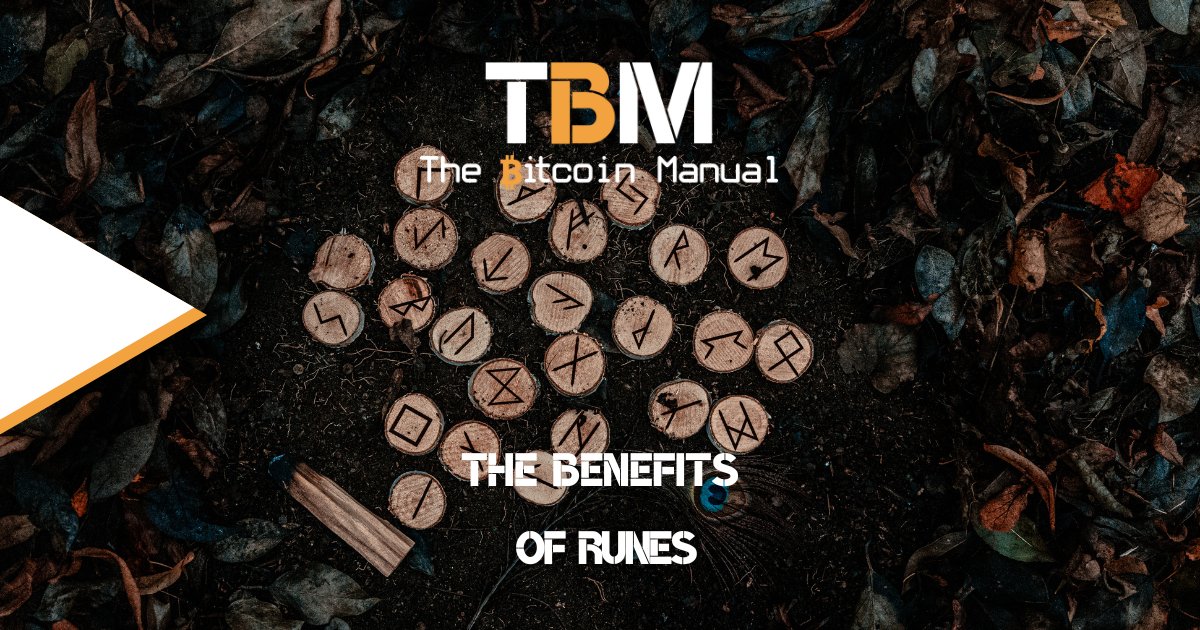If you come across a bitcoin user, they’ll probably push you towards self-custody, and you may not feel ready to do it yet. They’ll tell you about the dangers of leaving your money on exchanges, that without key ownership, you have no say over that money, and you’re exposed to the risk of the exchange becoming insolvent.
Many people will discount these risks and feel that the chances of insolvency or default are low, but if you don’t have access to their balance sheet, how would you know? Again you’re trusting and not verifying, and you’re giving these services the benefit of the doubt. While they may operate like banks, these platforms offer far less consumer protection than banks do, as they operate in a grey area devoid of enforcement of regulations that should apply to their offerings.
Additionally, the reason people discount the risk is that they don’t understand what is happening behind the scenes, and many bitcoiners won’t always go into detail about how these services operate. When using a custody provider, there are considerable threats faced by leaving your money on exchanges or with other custodial service providers, especially those offering a yield in return for holding your funds.
One of them being the commingling of assets.
What are commingling (commingled) assets?
As is the case with most jargon used in bitcoin, it comes from traditional finance. Commninging In securities investing is when money from different investors is pooled into one fund. When dealing with scale, exchanges and CEFI platforms, for example, have full autonomy to move customer funds around and trade that value into other assets as they see fit. There are many benefits or rather temptations for platforms to commingle assets, including lower fees, exploring different markets, rehypothecation of assets and access to investments with large buy-ins.
The term can also refer to the illegal act of using client money for purposes they did not agree to when funds were handed over, but this that’s an entirely different case we won’t be tackling.
Understanding commingling (commingled)
Commingling involves combining assets contributed by investors into a single fund or investment vehicle. Commingling is a primary feature of most investment funds. It may also be used to combine various types of contributions for multiple purposes. Below are some examples of investment commingling.
- If you deposit your bitcoin into a custodial platform or fund, that bitcoin isn’t kept in isolation but rather a pool of funds to be used by the custodian as they see fit to maximise profit. That original UTXO you sent over to the platform could be chopped up, sold, resold, pledged as collateral, used to honour a redemption of another user and more.
- In bitcoin and digital asset management, it is the pooling of individual customer contributions into a single fund, a portion of which is owned by each contributing customer. Commingled funds are managed to provide liquidity for the different markets the platform providers as well as for market-making purposes.
Why commingling is so irresistible?
Investors contributing money into a single fund is a structure that has been used in investment management since the first mutual funds were launched. Commingling allows a portfolio manager to comprehensively manage the investment contributions into the portfolio to a specific strategy. Using pooled funds allows fund managers to keep trading costs down since trades can be executed in larger blocks.
The commingling of investor contributions does require fund managers to maintain certain positions in cash, stablecoins, and bitcoin to account for the transactions of the commingled shareholders.
Funds and institutional commingled funds are two of the most popular commingled vehicles in the investment market. Any vehicle that commingles investor contributions for a specified investment goal can be considered a commingled fund. Other types of commingled funds include exchange-traded funds, commingled trust funds, collective investment trusts, and real estate investment trusts.
Commingled funds offer investors the advantages of scale. A larger pool of money can provide access to investments that may require a larger buy-in. Also, because the work is largely the same for the investment manager, the individual investors can benefit from lower fees than if they had hired their own investment managers to handle smaller sums.
Large pools of money may nullify the benefits of smaller investments, however. A small, but good opportunity might “move the needle” enough to be worth the research and risk to a larger fund since the gains must be spread out among a large group of investors.
Commingling is a risk you’re not pricing in with multi-asset providers
Now that you know what is in it for the platform, you need to consider how the sausage is made. You’ll often notice that the exchanges and platforms offering you the best “returns” are often the ones that manage multiple assets, such as bitcoin, stablecoins, altcoins and even NFTs.
Now on the surface, these platforms want you to believe that they store your funds securely in cold storage and deploy them as and when needed to honour redemptions of customers who wish to withdraw money while earning fees on trading, loan interest repayments and other financial products.
This is true, but there are some caveats.
Pledging the same assets
Bitcoin going into an exchange isn’t always representative of bitcoin displayed on an exchange; for example, customers send a lending platform one bitcoin. They then use that bitcoin same one bitcoin to provide leverage for traders and to make markets for a BTC/Altcoin pair; since they know their redemptions on these products are low, they can pledge the same bitcoin multiple times.
Assuming the exchange calculated the risk correctly and won’t be called on their issuance of additional paper claims on that one bitcoin. If they don’t, this can lead to insolvency issues with the service and limit your ability to get your funds back as multiple parties now lay claim to that same bitcoin.
Risk exposure to multiple assets
When you deal with a service that has multiple assets, instead of being bitcoin only, their focus is split, which means their teams are managing connections with multiple nodes and chains as well as storage of these coins. This opens up room for custody errors, hacks, and other vulnerabilities.
Managing multiple assets also exposes you to the risk of blow-ups; for example, you have bitcoin on a lending platform earning interest. You see the balance in your account, but that bitcoin is long since sold or leveraged to purchase another altcoin. If that altcoin blows up, it could leave the exchange well short bitcoin to honour your interest payments or, worse, your principle.
Run your own bank
While commingling of assets can be fine to a certain extent, not all these platforms will play within those ranges, especially when profit is to be made, and these risks can see them overextend themselves.
Once they are caught short bitcoin, you’ll see liquidation events and murmurings of other potential liquidity crises hitting lending services and exchange platforms. During times like these, bank runs can occur, and more people will look to becoming self-custody maximalists and take their coins rightfully into their own hands, and you don’t want to be the last one out the door.
So instead of putting yourself through all that drama, why not self-custody and skip the steps? Is it worth the stress to bag a 2 – 6% APY?
Bitcoin is a new money system, and with hard money, certain rules and gimmicks to trades don’t work out as intended. Trying to provide yield on something that already has a limited supply means you need to take on more risk, which can end badly and does end badly for the most part, and we end up with massive leverage washouts during bear markets.
Instead of trying to beat the market, you should consider getting the right side of bitcoins baked into the incentive structure instead. We don’t know where it’s heading but when there is only 21 million bitcoin in existence, why wouldn’t you want to own a little piece of it yourself?
Did you take custody risk and get burned?
Have you lost coins from failed exchanges, or had your withdrawals frozen? What event made you a self-custody maxi, or have you always held your keys?
Let us know in the comments below!




